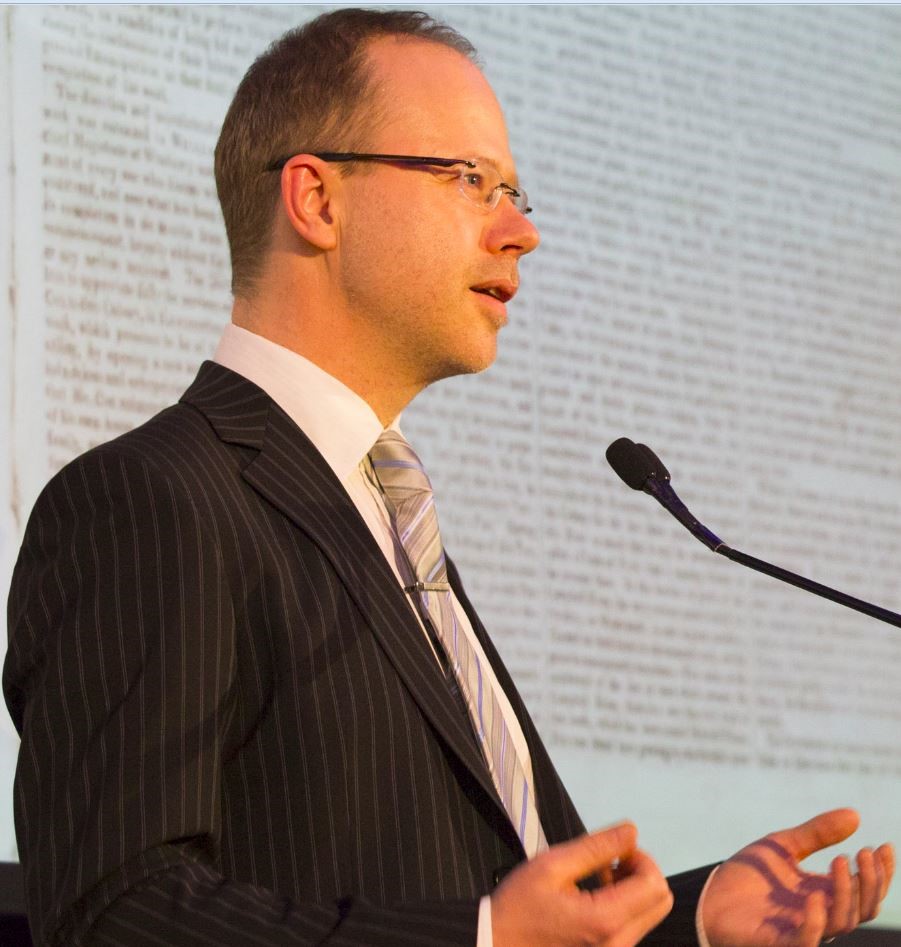For the last twenty years neither matter nor space nor time has been what it was from time immemorial. We must expect great innovations to transform the entire technique of the arts, thereby affecting artistic invention itself and perhaps even bringing about an amazing change in our very notion of art. – Paul Valery, Prologue to Walter Benjamin, ‘The Work of Art in the Age of Mechanical Reproduction’ (1955) [1]
Technologies of representation are not just instruments of recording and reporting. Their basic attributes determine what it is actually possible to conceptualise, capture and articulate. Photography, to take a classic example, transformed people’s outlook on the world because it could provide an unrivalled visual framing of actuality. It had no equivalent in the prior traditions of visual communication. Technological invention spurs social change. By focussing on ‘technologies of representation’ I am not only concerned with the technological means that underpin specific forms of representation, although these fundamentally define the range of options available, but also with the ways of seeing and understanding that they open up.[2] Tomas describes these beautifully as “a new type of amniotic environment for vision”.[3] This may be a completely new way of communicating (such as made possible by the invention of the printing press) or it may be an extension of a way of seeing from an earlier mode (such as photography reconfiguring the tradition of painted panoramas in the nineteenth century). The expression ‘technologies of representation’ allows us to collapse the usual distinctions between form, content and delivery and to support the view that any form of representation involves a technology of showing or telling (a system); and this in turn influences the way texts are received and contextualised.
Digital media and networked communications underpin a very new technology of representation that is the focus of this paper. I will refer to this as ‘hypermedia’, although it goes by other names such as ‘new’ media, ‘multi’-media, or ‘interactive’ media—a range of terms which themselves indicate an unstable sort of newness. There is a plethora of expressive and communicative forms that are being enabled by hypermedia. These offer new ways of conceiving, organising, and articulating knowledge. A special attribute of hypermedia is that it is not a stand-alone technology of representation: it brings together previous modes; it is a mechanism for their combination.
[extract]
Arthur, Paul Longley. “Hypermedia History: Changing Technologies of Representation for Recording and Portraying the Past,” in “Revisioning History,” InterCulture special issue 3, no. 3 (2006): 1–25.
[1] Walter Benjamin, “The Work of Art in the Age of Mechanical Reproduction,” in Illuminations (London: Jonathon Cape, 1968), 219.
[2] Victor Burgin has written, primarily about visual representation, in these terms: “the combined product of ‘the media’ and a variety of other spheres of image production—can no longer be seen as simply ‘reflecting’ or ‘communicating’ the world in which we live: it contributes to the making of that world”. See Victor Burgin, In/Different Spaces: Place and Memory in Visual Culture (Berkeley, Los Angeles: University of California Press, 1996), 22-23.
[3] David Tomas, Beyond the Image Machine: A History of Visual Technologies (London and New York: Continuum, 2004), 21.






